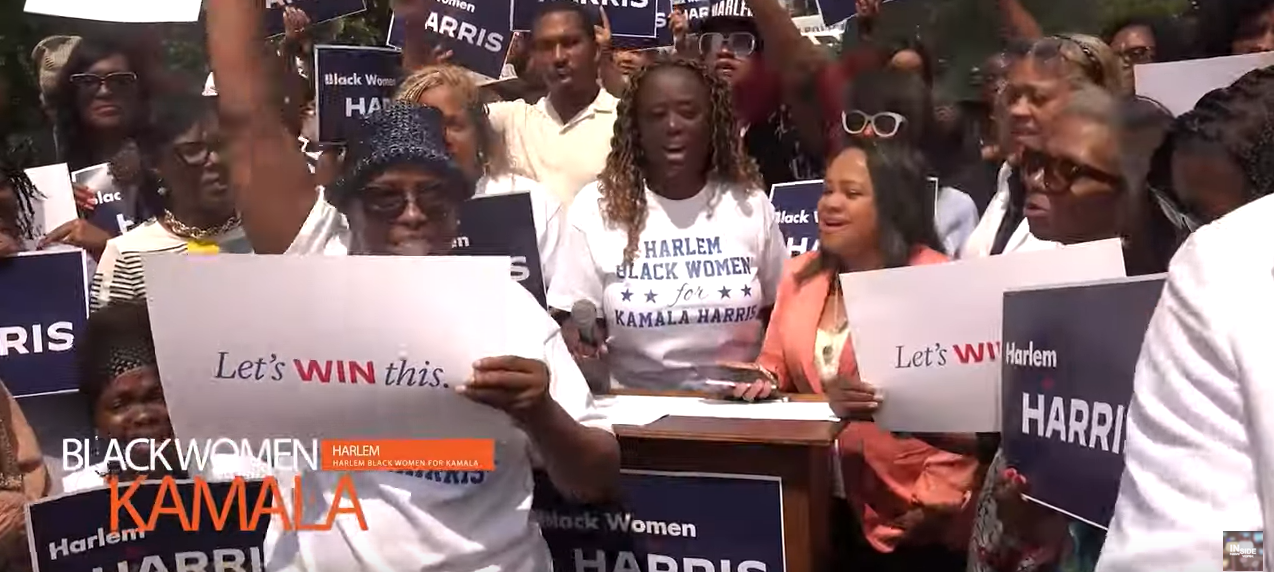Photos: YouTube\Twitter
As the majority of students continue to receive an all-remote education amid a rise in COVID-19 cases, the New York City Council will vote on legislation from Public Advocate Jumaane D. Williams to track remote learning attendance and assess the effectiveness of the practice for students across the city.
It is expected to pass after being voted out of the Committee on Education on Tuesday.
The legislation, Intro 2058-A, would require the Department of Education (DOE) to report on a monthly basis student attendance data during the use of remote learning due to the COVID-19 pandemic. Attendance data would be disaggregated by school, school district, grade level, gender, race or ethnicity, individualized education program status, English language learner status, status as a student in temporary housing, and status as a student residing in shelter.
“Monitoring student engagement is an essential way to determine the effectiveness of remote learning- whether fully remote or hybrid, every student will be using remote learning in the coming months,” said Public Advocate Williams of the bill. “Tracking student attendance rates allow us to hold the DOE accountable for ensuring our students have the ability to access all of their classes remotely. The money and energy the Administration has spent in rushing to re-open, and then close, in-person classes could have been better spent improving remote learning and fulfilling our obligation to provide students with safe and equitable education. This bill will help to correct that error and imbalance. I thank Council Member Treyger for his leadership on these issues and Speaker Johnson for making this a priority.”
Collecting, categorizing, and making public this attendance information will help to determine whether the Department of Education is equitably and effectively implementing remote learning, particularly for students of greatest need – and hold them accountable for any inadequacies. The information shared will help the DOE tailor their approach to better meet the needs of our students and families and maximize the effectiveness of remote and hybrid learning throughout the COVID-19 pandemic.
The bill will be voted on alongside companion legislation from Council Member Mark Treyger, Intro 2104-A , which would require the DOE to report a breakdown of the number and percentage of students who participated in remote learning and the hybrid mode language access as well as a series of metrics include language accessibility, access to remote learning in juvenile facilities, access to city-issued remote learning devices, and other information.
At a Council hearing held by the Committee on Education at the end of May, the DOE stated that the student engagement rate was about 86%, compared to in-person attendance, which was roughly 93%. That discrepancy was likely due to the fact that many students, especially those in temporary housing, shelters, and foster care, did not receive laptops, tablets, iPads, Chromebooks, or any other devices needed to connect to virtual classroom sessions. Months later, many student engagement issues remain unsolved.
“COVID-19 has impacted every single person in this city, but its impacts have not been evenly felt. Inequities in remote learning mirror inequities in the spread of COVID-19. In order to know how much support is needed for our students and educators, we need data that illustrates the gaps. Additional specific data on remote learning participation is the only effective way to acknowledge the problem and allocate resources where necessary to eliminate gaps of inequity,” said Council Member Mark Treyger, Chair of the Committee on Education. “I thank Public Advocate Williams for his partnership and leadership on Intro 2058. I’m proud that this bill is passing today as part of a remote learning transparency package with my Intro 2104.”








